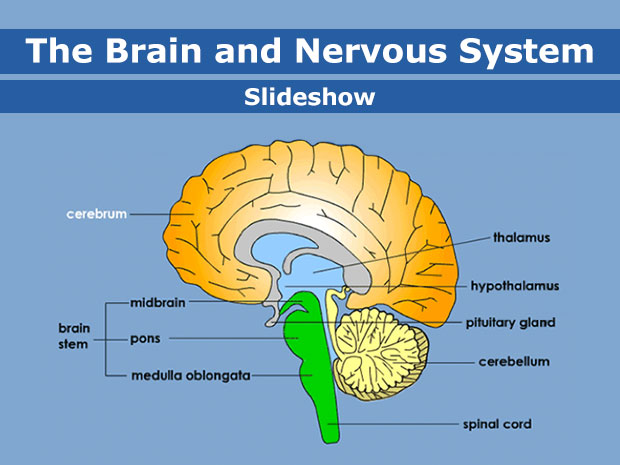


By assigning the participants tasks while they were scanned, such as completing math problems or listening to a story, the researchers observed the spirals switch directions from clockwise to counterclockwise in different regions across the brain - a clue that the vortices might be coordinating brain activity via dynamic rotational changes. The exact function of the spirals is a mystery, but after analyzing the turbulent patterns, the scientists think that the vortices may act as bridges of communication across the brain, connecting distinct regions into networks and occasionally even traveling across the cortex.

Brain signals underlying chronic pain could be 'short-circuited,' study suggests Spanish Civil War soldier saw the world 'backward' after bullet pierced brain, historic case report reveals


 0 kommentar(er)
0 kommentar(er)
